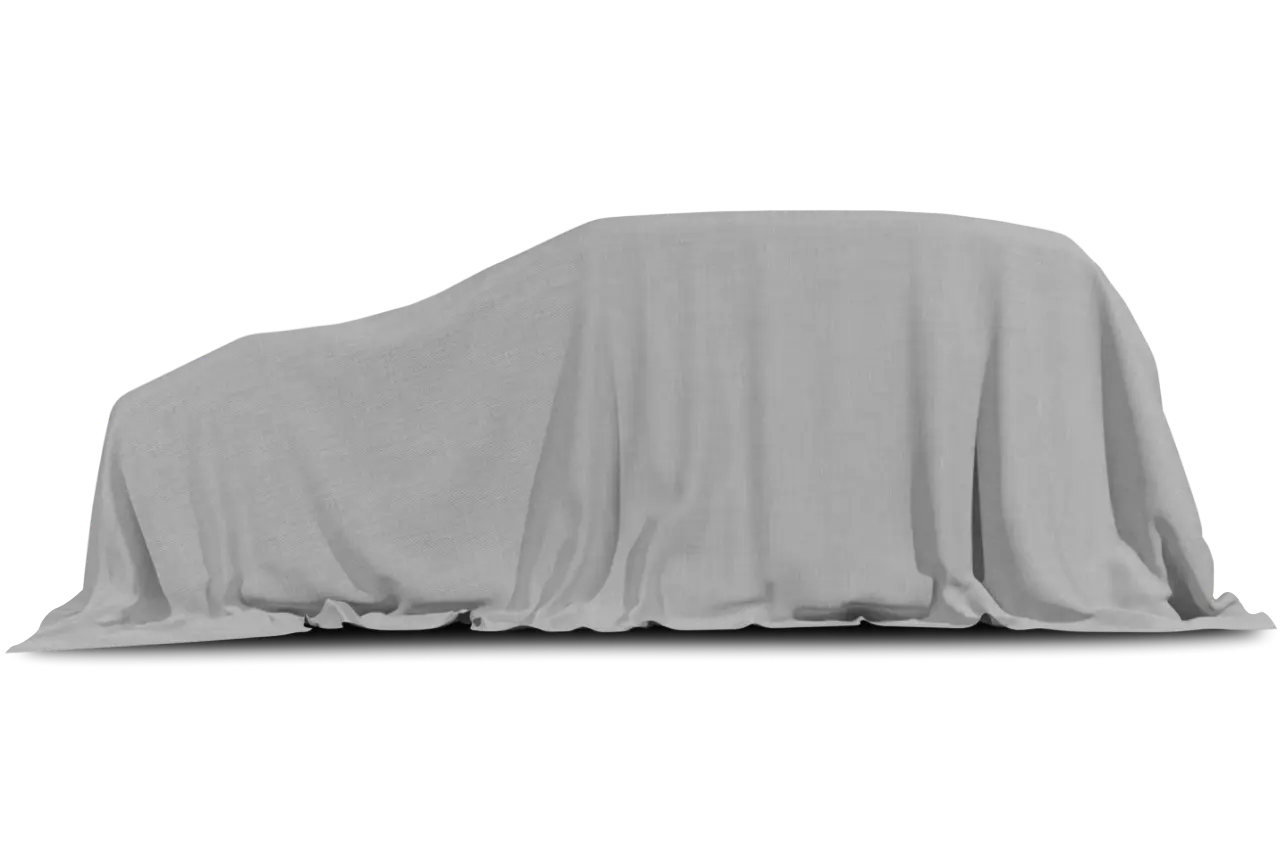
Being critical of the 2011 Subaru Outback is like harping on an A- student. There’s nothing wrong with it at all, but with a little extra effort, the 2011 Outback could definitely be an A+ student.
This summer I went to the Rocky Mountain Driving Experience, which is a driving event for automotive journalists in Colorado, where I got to take an Outback on a rally course. This isn’t the typical schlepping-of-kids-and-groceries tasks that we generally ask of our vehicles, and I couldn’t believe how well the Outback handled on a high-speed dirt course. The 2011 Outback 3.6R Premium I got to test drive in my daily life was hardly different from the one I drove this summer, and it performed really well in the road course that is my daily life.
I didn’t push the five-seat wagon as hard in real life as I did on the rally course, but that’s not because the Outback didn’t want to. With a six-cylinder engine, I could have gone a lot faster with ease. Unsurprisingly, the six-cylinder has good acceleration and handles with confidence and strength on dirt roads as well as paved ones, thanks to its standard all-wheel drive. The Outback’s suspension allowed me to have a good feel of the road without being horrendously stiff. The inclusion of paddle shifters and manual-shift mode with its five-speed automatic transmission also provided a bit more fun and control, and the braking was responsive and quick.
My test Outback had an optional Harmon Kardon audio system and dual moonroofs that pushed the base MSRP price of $29,195 up to $32,660, but they’re well worth the additional money.
EXTERIOR
The Outback had a major redesign in 2010 in which it got longer, among other things. The 2011 model isn’t significantly different from the 2010. I found the Outback’s looks to be a little generic, but my test car’s Azurite Blue paint helped it look modern.

While it looks like a wagon, the Outback has a touch of SUV styling to it because of its higher ground clearance of 8.7 inches. This means the Outback has a good-sized step-in height that can make it harder for kids to climb in independently. It’s not too bad, so they’ll either get used to it or grow into the car.
A terrific feature for active folks is the Outback’s roof rails with stowable cross bars. When the roof rack isn’t in use the cross bars tuck back into the roof rails, which reduces wind noise and improves the car’s aerodynamics. Nice touch, Subaru; A+ again.
My test car, a 3.6R Premium, had a 256-horsepower, 3.6-liter six-cylinder engine that takes regular gas and gets an EPA-estimated 18/25 mpg city/highway. If you’re looking for better fuel economy, the Outback also comes with a 170-hp, 2.5-liter four-cylinder that gets 22/29 mpg.

SENSE AND STYLE
Family Friendly (Not Really, Fair, Great, Excellent): Excellent
Fun-Factor (None, Some, Good Times, Groove-On): Good Times
INTERIOR
The Outback’s interior has lots of room for both people and cargo, and its easy-to-navigate center stack makes life easy on the driver.

The center stack is encased in a brushed-metal-looking plastic. It looked sharp with my test car’s light-colored interior and black dash and floor, but the plastic seemed a little cheap. I’m afraid that’s only worth an A-. The center stack itself is easy to navigate with only a few buttons and knobs on it. This would likely change if you got the optional navigation system, but as it was, my test car’s stereo and climate controls were a cinch to operate. There also were steering-wheel-mounted audio and cruise controls that were easy to use.
The usability of the Outback’s interior earns an A+. In the front row, there are lots of cubbies, including two in the center stack area and a bilevel center console. The rear legroom was ridiculously large, which made child-safety seats a breeze to install. There wasn’t a single kick to my seatback by the kids, though they may have outgrown that stage. Even if they have, I’m not sure they could’ve reached my seat if they wanted to.
While my test Outback had many niceties like the optional dual moonroof that made 10 hours in the car a lot less claustrophobic, there was also the fabric upholstery that has a funky pattern on it that didn’t do anything for me.
Subaru says the Outback has eight cupholders, but it actually has four cupholders and four bottleholders in the doors, which is just fine as far as I’m concerned. The backseat’s cupholders are located in the fold-down armrest, making it easy for kids to reach their drinks.
The Outback’s cargo area is huge and accommodating, definitely an A+. It’s got a large opening, so it’s not teasing you with a small or awkwardly shaped opening, making it difficult to load things into it. What more could you ask for? Oh, a cargo tray to protect the carpet? Done. A+!
IT’S THE LITTLE THINGS THAT COUNT
Storage Compartments (Puny, Fair, Ample, Galore): Galore
Cargo/Trunk Space (Puny, Fair, Ample, Galore): Galore
SAFETY
The Outback has been named a Top Safety Pick for 2011 by the Insurance Institute for Highway Safety. To earn this honor, a car must receive the top score of Good in front, side, rear and roof-strength crash tests and have a standard electronic stability system.
The Outback has tall doors that make it less backbreaking to install a child-safety seat in this wagon. However, the Outback’s two sets of lower Latch anchors aren’t exactly easy to get at because they’re behind dual-flap fabric closures and deeply set in the seat bight, which is where the seat’s back and bottom cushions meet. With lots of rear legroom, the Outback easily handled a rear-facing infant-safety seat, a convertible seat and a booster seat with no fit issues at all.
The 2011 Subaru Outback has standard all-wheel drive, four-wheel antilock brakes with brake assist, electronic stability system, traction control and six airbags, including side-impact airbags in the front row and side curtains in both rows.
A backup camera is an optional feature that’s part of a $1,445 or $2,740 options packages.
Get more safety information about the 2011 Subaru Outback 3.6R Premium here.























